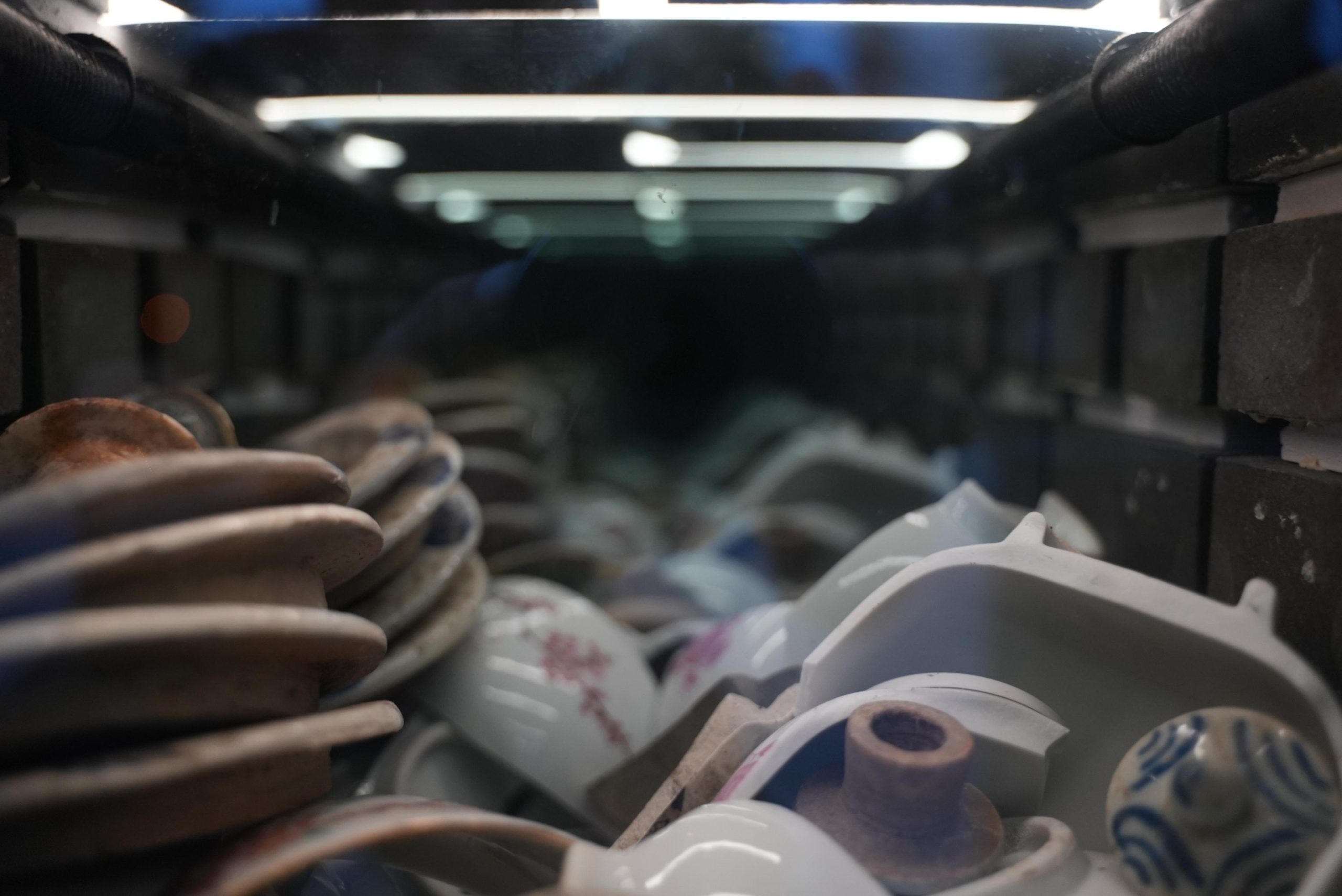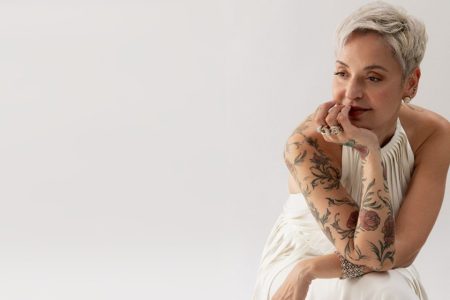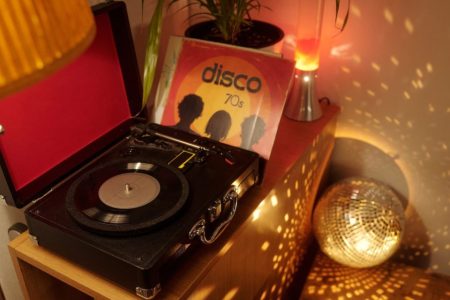The cross-disciplinary exhibition After Oriental Garden opened last Tuesday at the recently refurbished Casa Garden. Six artists from Macao, Singapore and the US explore marginalised identities while reflecting on local and global colonial history through more than a dozen artworks. Curated by Kathine Cheong, the exhibition is one of six successful proposals for Art Macao’s local curatorial projects.
The exhibition is as much about the venue as it is about the artwork inside. Casa Garden itself is an important part of Macao’s colonial history: originally the residence of the wealthy Portuguese merchant Manuel Pereira, it was later used as offices for the British East India Company. Cheong’s venue choice invites reflection on Macao’s multifaceted cultural tapestry as soon as you step into the garden.
Lining the steps into the mansion’s entrance are Macanese-Portuguese artist Elói Scarva’s house-inspired sculptures. Capsula – Echo Chambers are made from salvaged grey bricks from Beijing’s demolished historical streets. Each sculpture contains items significant to Macao and China’s colonial history, such as tea leaves, oyster shells and porcelain. In-built with infinity mirrors, Scarva’s work allows viewers to literally reflect on the blurred boundaries between what defines a home, prison and tomb.
[See more: GalaxyArt unveils Bruno Moinard’s colourful, multidisciplinary approach to art]
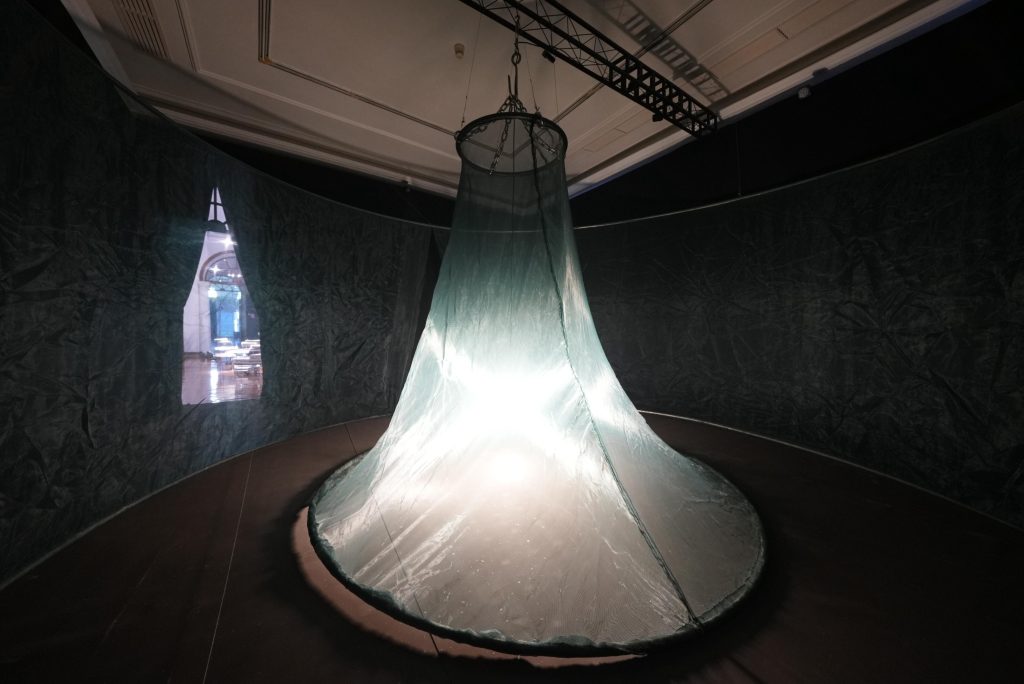
Upon entry, JinJin Xu’s ethereal fog installation, You Still Have Something of The Ghost About You, bridges the present and the afterlife. Visitors will find themselves bathed in its light and poetry. Xu, one of Forbes China’s 2023 “100 Most Influential Chinese”, also explores the thoughts, feelings and experiences of marginalised women across the world with her fly-trap-inspired installation, What Would You Say if You Could. Here, the dissonance between two sensations – belonging and danger – buzz around the room.
The US-Mexican artist Charlie Perez-Tlatenchi, from New York, uses lenticular printmaking to create ambiguous, shapeshifting art that examines how the impact of colonialism still lurks in our everyday lives. Notably, the print Hasqa que Oscurezca was inspired by Perez-Tlatenchi’s first impressions of Macao. He portrays the nearing of twilight, a nod to the ambiguous future of the former colony.
In another room, the Singaporean artist and artistic director of South Korea’s 2026 Gwangju Biennale, Ho Tzu Nyen, presents O for Opium – a feverish video montage of Western and Chinese film exploring the narcotic’s portrayal in media. It’s a haunting, layered narrative presenting opium as a symbol of British colonialism. Ho also unpacks the colonial origins of Singapore and its position in Britain’s drug trade.
[See more: Wynn Palace’s Hello China, Hello Macao exhibition brings Chinese porcelain to life]
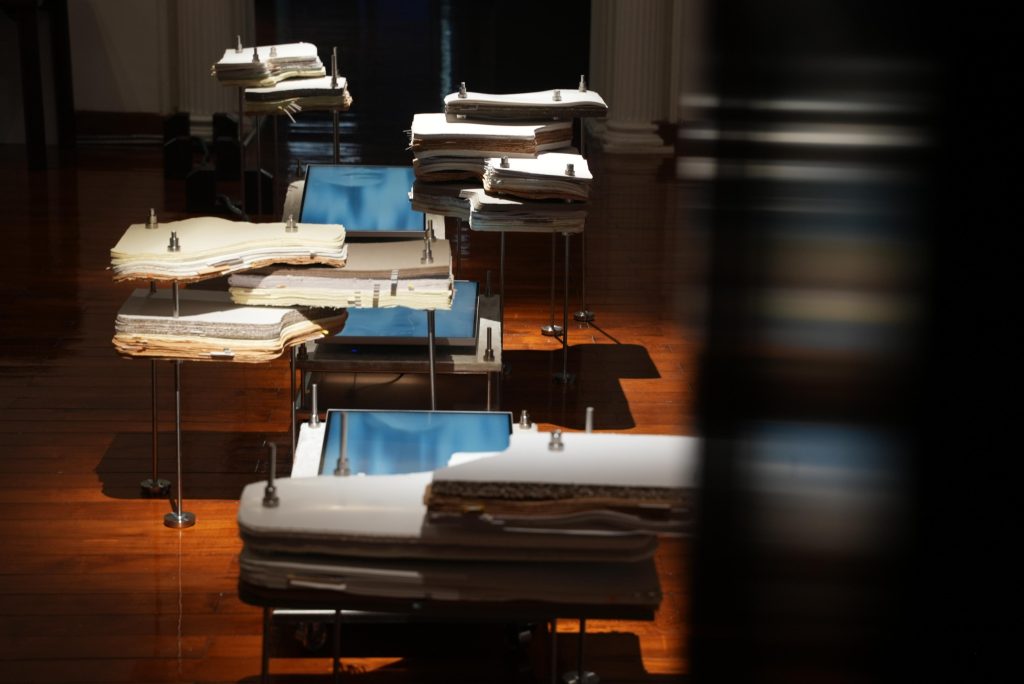
Meanwhile, the four-time Hong Kong Theatre Libre Award nominee Vividly – a duo composed of the artists Jay Lee and Jay Lei – has created a series of sculptures using art as an “alternative mode of archaeology”. Vividly is interested in memories that objects and historical sites can evoke, and alternative perspectives in history. For A Memory Beneath the Vanished Stream, Lee and Lei conducted historical research on the lost Lin Kai River in Macao’s San Kio district, then re-interpreted it as a sculpture made from stainless steel, concrete and wood with digital displays – suspended between time and the imagination.
After Oriental Garden includes artist talks on 24 and 31 August, as well as guided tours in English and Chinese for selected dates and times until the end of September. These are currently open for registration.
The free exhibition is open between 10 am to 1 pm and 2 pm to 7 pm from Tuesdays to Sundays at Casa Garden until 5 October.
